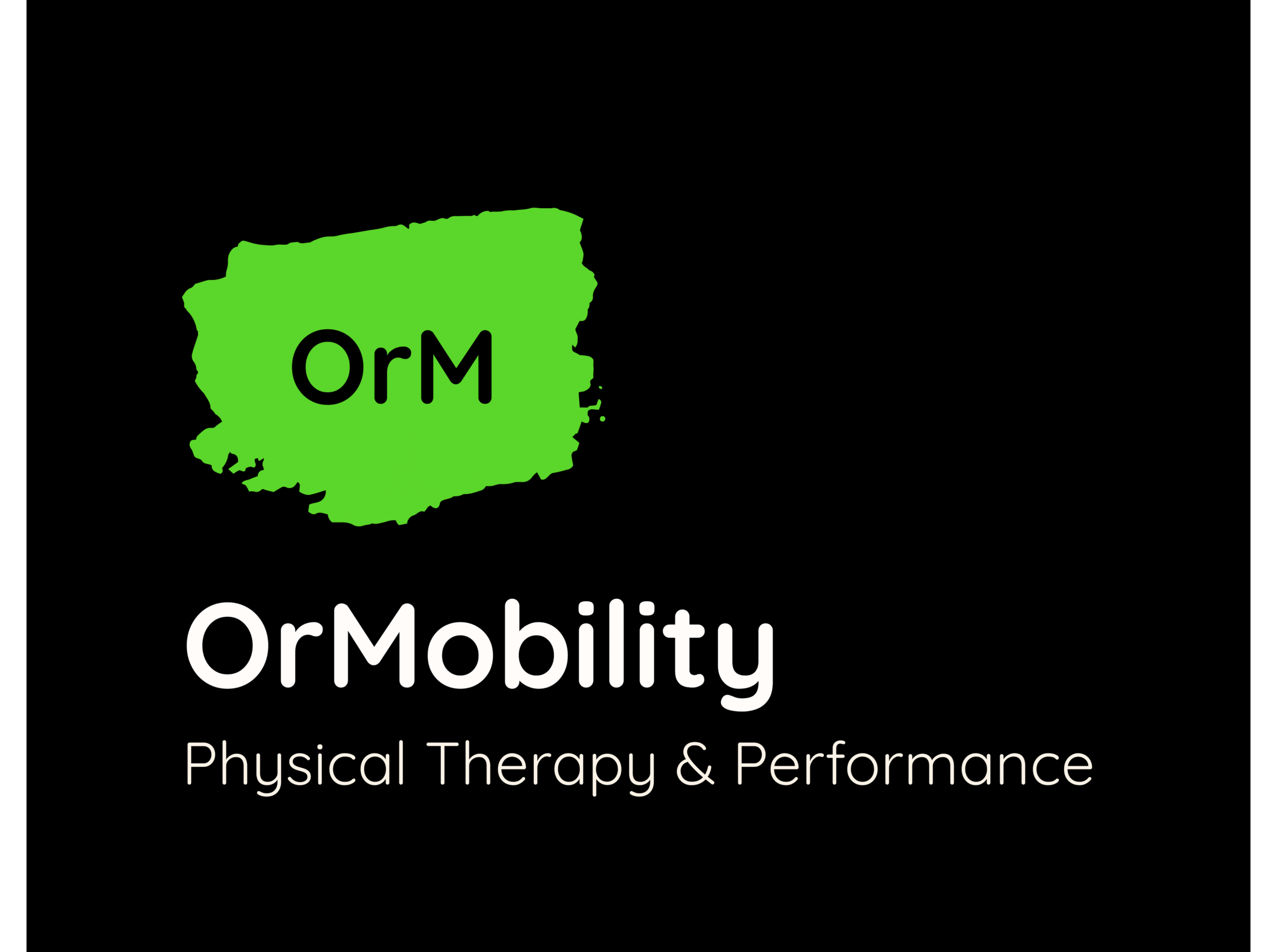Lower back pain is a common complaint among runners, affecting their performance and increasing the risk of injury. Addressing this issue is crucial for optimal running performance and long-term health. Why does my lower back hurt when I run? This question is common among runners, and understanding the underlying causes can help prevent and treat the pain effectively. The global epidemic of low back pain is escalating. A staggering 619 million people worldwide suffered from low back pain in 2020 (nearly 10% of the world’s population), and by 2050, that number is expected to reach 843 million. This article explores the causes, symptoms, treatment options, and preventive strategies for lower back pain in runners.
Causes of Lower Back Pain When Running
Lower back pain in runners can stem from various factors, including poor running form, muscle imbalances, and inadequate footwear. Additionally, overtraining and lack of core strength can exacerbate these issues, leading to discomfort and potential injury. Improper footwear can significantly contribute to pain, as it needs to provide adequate support and cushioning.
Poor Running Form
Poor running form is a significant contributor to lower back pain. Improper form, such as excessive forward lean or overstriding, can place undue stress on the lower back muscles and spine. Correcting running mechanics is essential to alleviate and prevent pain.
Overuse and Repetitive Strain
Running involves repetitive motion, which can lead to overuse injuries. Continuous strain on the lower back muscles without adequate rest can cause inflammation, pain, and discomfort. Overuse injuries are common among long-distance runners, with the probability of injuries in long-distance athletes approximately 18.2%–92.4%.
Furthermore, the occurrence of low back pain (LBP) among athletes ranges from 1% to 30%, with LBP accounting for approximately 10% to 15% of all sports injuries. In the specific case of marathon runners, earlier studies have indicated that the incidence rates of LBP fall between 4.8% and 10.3%.
Muscle Imbalance and Weakness
Muscle imbalances, particularly in the core and lower body, can lead to lower back pain. Weak core muscles fail to provide adequate support to the spine, while imbalances in the hips, hamstrings, and quadriceps can alter running mechanics, increasing stress on the lower back. Weak muscles and poor flexibility in the gluteal muscles also play a role in exacerbating the pain.
Disc and Joint Issues
Disc degeneration, herniated discs, and joint issues like facet joint arthritis can cause lower back pain. These conditions can be exacerbated by the impact and repetitive stress of running, leading to chronic pain and discomfort.
Sprain and Strain
Lower back sprains and strains are common injuries among runners. These injuries occur when the muscles or ligaments in the lower back are overstretched or torn due to sudden movements, improper lifting techniques, or accidents during running.
Symptoms of Lower Back Pain in Runners

Runners experiencing lower back pain may feel a dull ache or sharp pain in the lumbar spine, which can radiate down to the legs. Other symptoms may include stiffness, muscle spasms, and difficulty in maintaining an upright posture while running.
Pain (Sharp, Dull, Chronic)
Lower back pain in runners can manifest as a sharp, stabbing pain or a dull, aching sensation. Chronic pain may persist over weeks or months, affecting running performance and daily activities.
Pain Location and Intensity
The location and intensity of pain can vary. Pain may be localized to one side of the lower back or spread across the entire lower back region. Intensity can range from mild discomfort to severe pain that limits mobility.
Associated Symptoms
Lower back pain in runners may be accompanied by other symptoms such as muscle stiffness, reduced flexibility, numbness, tingling, or weakness in the legs. These symptoms can indicate nerve involvement or more serious underlying conditions.
When to Seek Medical Help
Seek medical help if lower back pain is severe, persistent, or accompanied by symptoms such as numbness, tingling, or weakness in the legs. Medical evaluation is essential to rule out serious conditions like herniated discs or nerve compression involving the sciatic nerve.
Is it okay to Continue Running with Lower Back Pain?
Continuing to run with lower back pain can worsen the condition and lead to more severe injuries. If you experience significant pain, it’s crucial to listen to your body and take a break from running. Rest, recover, and seek professional advice before resuming running.
Treatment Options for Lower Back Pain in Runners
Runners experiencing lower back pain have various treatment options, including physical therapy, stretching exercises, and modifications to running form. In more severe cases, consulting a healthcare provider for medication or other interventions may be necessary.
Rest and Recovery
Rest is crucial for healing lower back injuries. Avoid activities that exacerbate the pain and allow your body time to recover. Gradually reintroduce running once the pain subsides and you have regained strength and flexibility. Using heating pads and warm baths can also aid the healing process.
Medications
Over-the-counter pain medications like ibuprofen or acetaminophen can help manage pain and inflammation. Please consult a healthcare professional before using medications to ensure they are appropriate for your condition.
Physical Therapy
Physical therapy back pain is an effective treatment for lower back pain in runners. A physical therapist can design a personalized exercise program to strengthen the core, improve flexibility, and correct the running form. They may also use techniques like manual therapy, dry needling, and ultrasound therapy to relieve pain and promote healing. OrMobility Physical Therapy & Performance can help you develop a personalized plan to address and prevent lower back pain when running.
Home Remedies and Self-Care Tips
Home remedies and self-care tips include applying ice or heat to the affected area, performing gentle stretching exercises, and using a foam roller to release muscle tension. Maintaining good posture, staying hydrated, and incorporating rest days into your running routine can also help alleviate pain. Incorporating core strengthening and flexibility exercises into your routine can provide long-term relief.
Strategy to Prevent Lower Back Pain When Running

Preventing lower back pain while running involves proper warm-ups, strengthening core muscles, and ensuring good running form. Additionally, incorporating rest days and wearing appropriate footwear can significantly reduce the risk of injury. Dynamic movements and strength training exercises can help maintain a strong core and prevent injuries.
Proper Running Form
Maintaining proper running form is essential to prevent lower back pain. Focus on keeping your back straight, shoulders relaxed, and arms swinging naturally. Avoid overstriding and aim for a midfoot strike to reduce the impact on the lower back.
Proper Warm-Up Routines
A proper warm-up routine prepares your muscles and joints for the demands of running. Incorporate dynamic stretches, leg swings, and light jogging to increase blood flow and flexibility and reduce the risk of injury.
Proper Footwear
Wearing the best shoes for running with good arch support and cushioning is crucial. The right footwear can absorb shock, improve running mechanics, and reduce stress on the lower back.
Changing Running Surfaces
Varying your running surfaces can prevent overuse injuries. Running on softer surfaces like grass or trails can reduce impact and stress on the lower back compared to hard surfaces like concrete or asphalt.
Gradual Progression
Avoid sudden increases in running distance or intensity. Gradually increase your mileage and pace to allow your body to adapt and prevent overuse injuries.
Implement Strengthening Exercises
Incorporate strengthening exercises into your routine to build core stability and support the lower back. Exercises like planks, bridges, and leg raises can strengthen the muscles that support your spine and improve overall running performance.
Conclusion
Lower back pain is a common issue among runners, but it can be managed and prevented with the right strategies. Addressing poor running form, muscle imbalances, and overuse injuries through proper training, rest, and physical therapy can significantly reduce the risk of lower back pain. Prioritize proper warm-up routines, footwear, and gradual progression to keep running pain-free and maintain optimal performance.
FAQs
Why does my lower back hurt after running?
Lower back pain after running can result from poor running form, muscle imbalances, overuse, or underlying disc and joint issues. Proper training and treatment can alleviate pain by addressing these factors.
How do you run to prevent lower back pain?
To prevent lower back pain running, maintain proper running form, wear appropriate footwear, incorporate a thorough warm-up routine, and gradually increase your running distance and intensity. Strengthening exercises for the core and lower body can also help.
How long does back pain from running last?
The duration of back pain from running varies depending on the cause and severity of the injury. With appropriate treatment and rest, most runners can recover within a few weeks. Chronic or severe cases may require longer recovery times and professional intervention.


